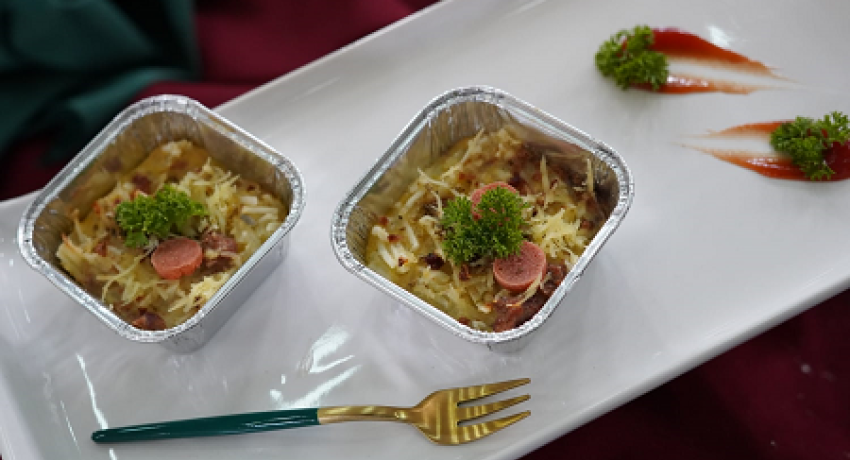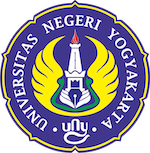Cassava is one of the foods that are widely consumed by Indonesian. Almost all parts of cassava can be utilized, cassava leaves can be processed into vegetables, cassava tubers are also widely consumed and have great potential for raw materials for flour processing because they contain a lot of starch. Apart from the utilization of cassava for flour processing, there are still many other benefits in the form of cassava, mocaf flour, and processed cassava into snacks. Currently, the utilization of cassava is less varied so that the market demand is not so high that many farmers only plant cassava for a distraction, not as a main producing crop.
One of the utilization of cassava is by processing it into traditional foods, such as sawut, which is currently very rarely found. Sawut itself is processed cassava grated using a special grater, then steamed with brown sugar. However, among young people, sawut is an outdated and less classy food. Therefore, Ima Salisa Rodiyah turns sawut into a contemporary food in the form of schotel.
"This innovation is also the development of fusion food with one of the western foods, macaroni schotel, combining two food elements into one new dish that is popular with the public," said Ima. The results of this innovation are expected to inspire the community in utilizing cassava into new products that are more popular because cassava contains quite a lot of mineral sources such as calcium, phosphorus, manganese, iron, and potassium. These minerals are needed for the development, growth, and functioning of body tissues. Calcium is needed to maintain healthy bones and teeth. Iron helps in the formation of proteins (hemoglobin and myoglobin) that carry oxygen to all body tissues, and potassium is needed for protein synthesis and helps in the breakdown of carbohydrates.
Ima hopes that with this schotel sawut, young people will be more familiar with traditional foods that use cassava as the basic ingredient. On the other hand, wider utilization of cassava can help sustainable food security.





